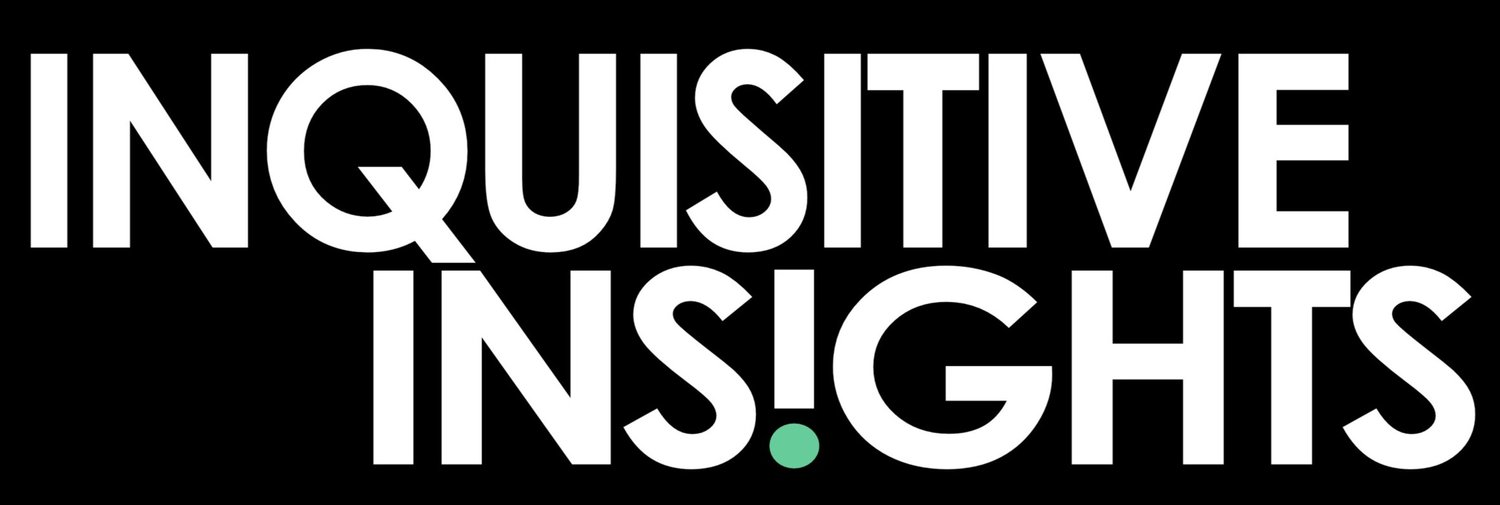Does anyone still do in-person focus groups?
Once upon a time, not so long ago, people used to leave their homes and gather in nondescript rooms around large tables to participate in face-to-face conversations with strangers…
It might sound like a fairytale, but for decades, researchers would travel from market to market, facilitating in-person, group conversations aimed at learning what people thought about a company, brand or product. What I’m describing are focus groups.
Researchers have long appreciated focus groups as a way to have conversations with groups of people that go deeper than a survey, but don’t require as much time as one-on-one interviews. Focus groups are particularly useful when trying to uncover new ideas, because participants will often build off of one another’s answers.
But then the pandemic hit; no travel, no in-person meetings…was this the end of focus groups?
Instead of ending focus groups, the pandemic actually accelerated the evolution of this methodology. From Zoom focus groups to research-specific platforms designed to host hundreds or thousands of participants at once, focus groups have become more versatile than ever. Now focus groups can happen across geographies and time zones, on shorter timelines with better analysis tools. There are even asynchronous tools, where participants can interact with each other online over several days, whenever it’s convenient for them.
Not only have these tools made focus groups more useful, they’ve also helped define the best use cases for traditional in-person focus groups — because, yes, there are still times when it makes sense to gather people in a physical room and talk to them. Here are a few:
Your participants don’t have access to technology (or are tech-averse)
If your target audience is over age 65, limited income, or located in extremely rural/remote places, they may not have a reliable way to connect to an online focus group, or they may be overwhelmed by having to use a new digital platform. Rather than risk your research to technical difficulties, it may be better to find a way to gather these groups in-person, or to consider good old-fashioned phone interviews.
You need them to interact with a beta product
There are effective ways to send test products out to users and capture their feedback remotely. However, when it comes to products that have not yet been released to the public, many organizations don’t want to risk confidentiality, which makes in-person assessments the best choice. This way you can present people with beta products, watch them interact with the items, and then safely collect them when the focus group is over.
You need a controlled environment
Occasionally you’re looking for feedback on an experience or service where you need to ensure every participant is having a consistent interaction. For example, if you’re testing new airline seats, you need people to sit in them for a little while. Or if you’re developing a new type of showroom, you need people to walk through it, experience the lighting, and get a feel for the room. In these situations, it’s best to hold the focus groups in or as close as possible to the environment you’re evaluating.
Your participants are all located in one area
If your target audience is already close-by and there’s no need to recruit from other geographies, you may want to take advantage of the added benefits of in-person focus groups. People tend to interact more freely in-person and it's easier to read non-verbal cues this way. It can also help eliminate any technical issues or distractions that can arise within participants’ homes.
Whether online or in-person, focus groups can be an excellent way to find out what your people think. An expert research partner can help you determine the best approach to your research. Let’s talk.
